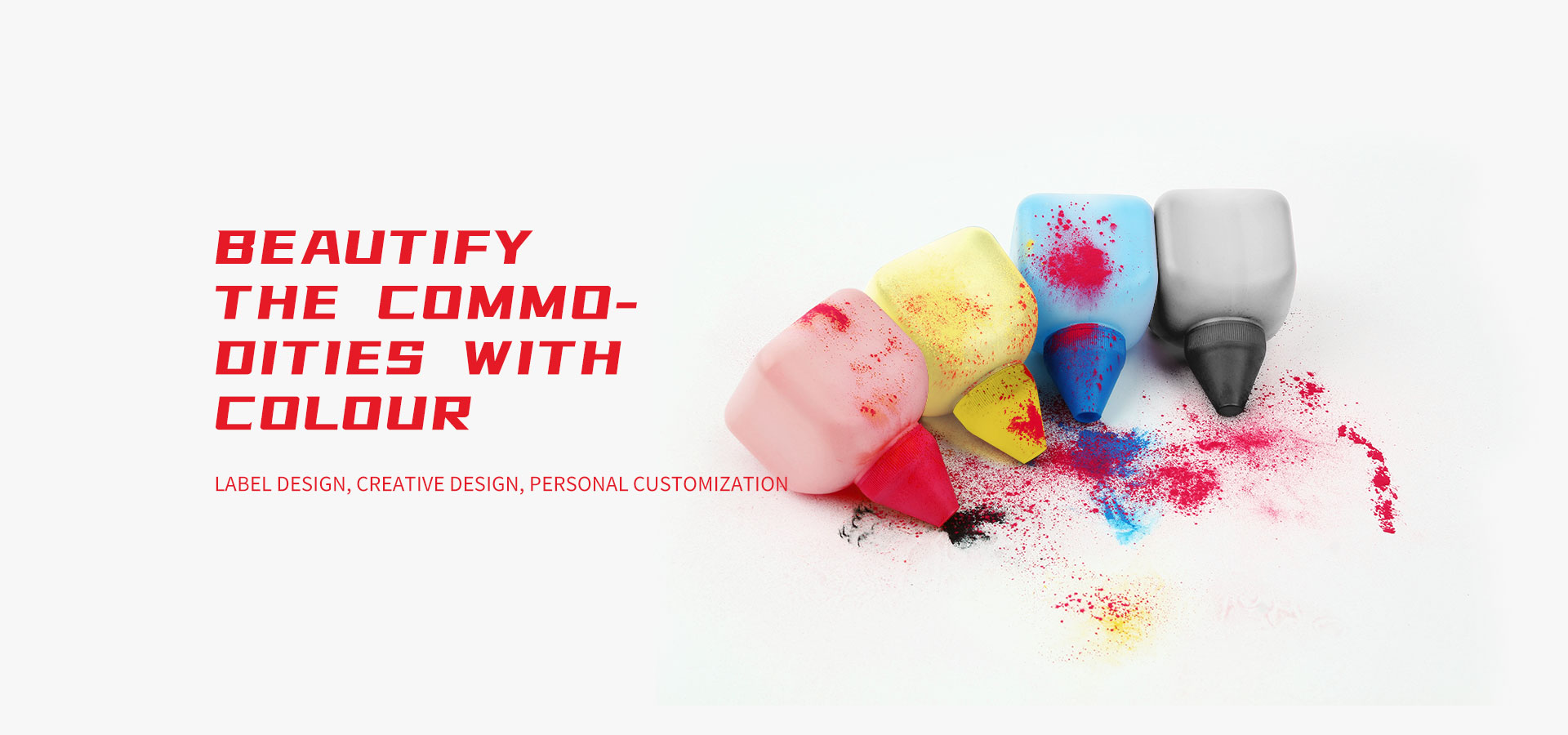1.Material selection
According to the process plan, the printing material must be determined first. Facing a variety of transparent film stickers on the market, we mainly choose according to the following criteria:
① Whether it meets environmental protection requirements;
② Are there any hidden dangers to quality in the subsequent process?
③ Whether the cold ironing process can be realized.
After comprehensive consideration, the final selection of a PET material with a thickness of 50 μm as the printing material has the following advantages:
① Good oil and acid resistance;
② Excellent high and low temperature resistance;
③Excellent gas and water blocking performance;
④ High transparency, no label feeling, can block ultraviolet rays, good glossiness;
⑤ Non-toxic, tasteless, good sanitary safety;
⑥ Suitable for high-speed automatic labeling.
Cold foil is used twice in the process, so the choice of cold foil is also critical.
① The cold foil used in the front cold foil silver process should be suitable for first stamping on PET material, and then printed, and the printed pattern must not have discoloration or ink loss;
② The requirements for the selection of cold foils used in the post-cold foil stamping process are relatively broad, as long as they can be cold stamped on PET materials.
2. Difficult process control
In the process of realizing the whole process, the most difficult are the two steps of screen printing and cold stamping. The difficulty of screen printing is plate making. The traditional screen printing technology is obviously inferior to embossing in terms of small lines. Therefore, the thin lines in this wine label cannot be achieved by traditional screen printing technology. Special screen printing must be used. Only plate making technology can restore the design pattern.
In the current domestic wine labels, large-area cold stamping on the ground is rare, and most cover printing uses embossed white ink. Therefore, the large-area cold stamping of this wine label must first ensure that the cold stamping foil is transferred completely and the edges are clean; in addition, there are no air bubbles in the field and the refractive effect is good, so that the ink printed on the surface can exhibit a uniform metallic luster. To meet this requirement, care must be taken to control the amount of adhesive transferred during cold stamping.
Cold stamping is a finishing process that uses UV adhesive to fix cold foil to the surface of printing materials. We use a group of flexo printing units as coating units for UV adhesives. When the transparent film sticker material passes through, a layer of UV adhesive is printed on the surface, and then a cold foil is laminated, and then pressed by a pressure roller, The UV lamp is irradiated to fully cure the UV adhesive, and finally peeled to complete the cold stamping process. Among them, the amount of UV adhesive transfer directly affects the effect of cold stamping. Controlling the amount of UV adhesive transfer requires the selection of an anilox roller and UV lamp power with a suitable number of lines. In the production process, it is necessary to ensure that the UV adhesive is coated uniformly, without pollution, and cured completely. Because this wine label uses a variety of production processes, we use a combination printing device to complete the entire process of front cold stamping silver, 4 primary color printing, 4 spot color printing, 1 color screen printing, and post cold stamping. The demands of manufacturers and designers are perfectly expressed.




